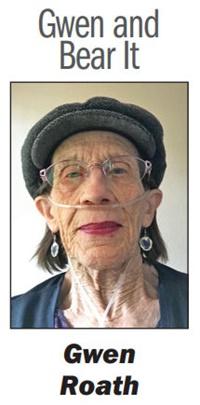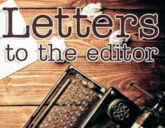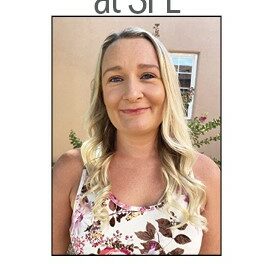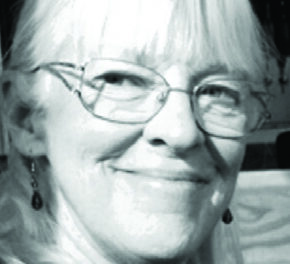
Deadline. Literally, a line if crossed you are dead. It’s unfortunate but true that it has been used by not just people against other people but countries against people seeking to be immigrants, some just seeking water.
Usually, we just use it to mean when something is due. When I agreed to write a column on the editorial page of El Defensor Chieftain, I told them I don’t do deadlines anymore so don’t expect me to come up with something weekly. Also, I waited until I had some written before I sent any, with the idea of getting a head start.
They have been appearing every other week. The last one was printed the week before last and guess what? I’m thinking “I told them I don’t do deadlines. They will just have to wait.” And then? What did I do? I found myself thinking about what to write and getting those jitters that accompany an approaching deadline.
I even dreamed about newspapers and publishing, a weird dream in which I ended up crushed by the weight of papers printed only on one side. Thousands of them.
One of the basic tenets of writing fiction or non-fiction, I suppose, is to write about what you know. So here I am. I know some about deadlines, I guess.
My super boss at the newspaper (back when it was just Defensor Chieftain) was Keith Green. For a time, he and two other men named Green, of no relation, owned three papers under the name Thres Verdes. He used to say that a story due at 5 pm wasn’t late until after 8 am the next day.
As I recall, we pushed those deadlines as much as possible. Although, I think I didn’t push them as much as the person who was reporter before I got to fill that role. I remember Valerie Kimble drumming her fingers and practically ripping the paper from the typewriter as Bill Kiraly tried to find the perfect lead.
Yes, typewriters.
From the typewriter to the editor for mark up and then to the typesetter. That was me, for a time. I got so quick on that machine that it would set off a sort of yell. I would have to stop for it to catch up. That was always fun.
A special paper inside a canister would be taken from the typesetter and inserted into a machine which would develop it and spew it out in long strips. Then, that copy would be checked for misspellings and typographical errors, called typos.
Those stories then would be cut and pasted up on a full-sized newspaper layout sheet. Headlines and cutlines under photographs went through the same process. The photographs themselves were produced in the darkroom, which at times was totally dark (as when you removed the film from the camera to develop it). Mostly, however, the work was performed under a red light.
At some point, the Chieftain had a circular door put in separating the darkroom from the rest of the office. One would step into the circle, turn the revolving door, and voila you were in a different world. It used to scare some visitors tremendously because, of course, it seemed like one just disappeared.
After all the elements were placed on the layout with all the one-line corrections, the pages were taken back into the darkroom and photographed and developed into a full-sized negative. That negative then was examined for any shadows from corrections or something not pasted down correctly or even dust. A special pencil was used to cover them up. And the entire paper in negative form was sent to the printer.
I actually got into the newspaper biz when as a young adult I found myself newly divorced with a baby and no visible means of support. It happened that I saw an annual report about the incomes of various jobs and noticed that printers made good money. So I walked into the Chieftain office, at that point owned by Bob and Leona Klipsch. I told them I would be willing to sweep and mop their floors or whatever if they would teach me how to run the press.
As luck would have it, they had just lost the employee who had been delivering the newspaper which involved running those negatives down to T or C to the printer as well as placing them in the coin machines and stores around town. They also had a flat-sheet printing press in the Socorro office, which I learned to run.
Over the years, I did just about every job connected to newspapering except running the big printing press. Which is just as well, as that is a difficult and physically exerting job.
So there you have it. This column did not go as I thought it would, as is sometimes the case with the meanderings of an elderly lady. But I met the deadline, right?



















